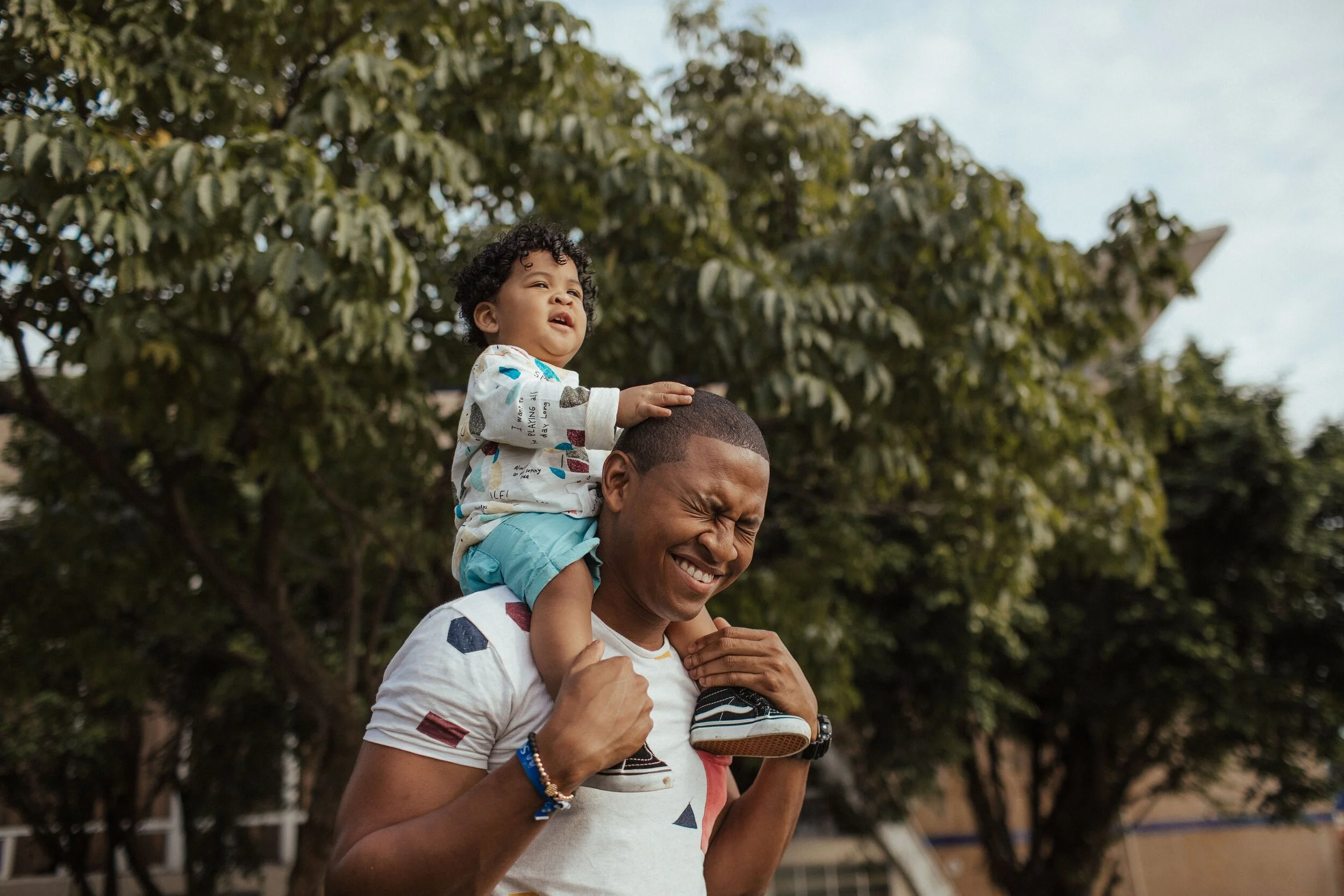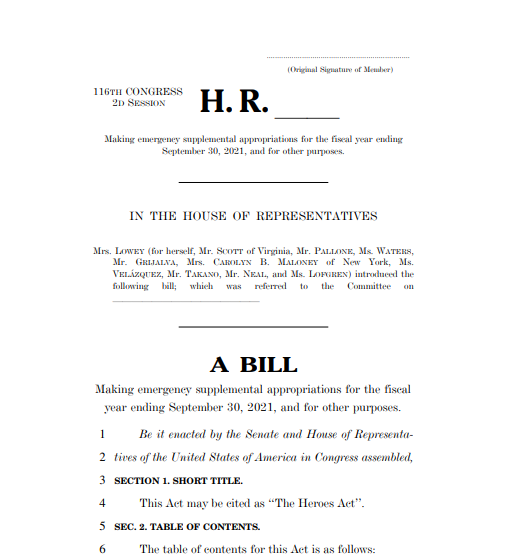A solution to the current COVID-19 childcare crisis: $3333 dollars a month to anyone who takes care of a child at home for the next year
It has been said in The Washington Post, CNN, Huffpost, LA Times, NPR, The Wall Street Journal, Slate, The Nation, MSNBC, and numerous other places, “ you can not open up the economy without child care.”
It was very hard to find child care before the COVID-19 pandemic, even as early education and care centers and schools eventually start to reopen slowly, things will not go back to normal.
First off, young children can not be expected to social distance. As Teacher Tom writes in his blog “Every professional who works with young children knows that plans for preschool children to return to school with enforced social distancing is impossible. We all know it. They show us pictures of kids in South Korea or Denmark, spaced perfectly. It's a lie. Show me a video of their day. There is no way those preschoolers are maintaining anything close to the mandated distance, at least not without the imposition of cruel measures”
Babies and toddlers can not wear face masks all day and getting older preschoolers and kindergartens to wear face masks properly all day is a Herculean challenge. The CDC is recommending things like “Not using common areas like dining halls or playgrounds if possible” in areas with low COVID-19 cases. Public health guidelines are also recommending limiting the number of children and adults in each room. Here is an example of what public health officials are saying “Reduce group sizes to no more than 10 children and adults total. For example, one adult and nine children or two adults and eight children. Keep groups together throughout the day. Do not combine groups at opening and closing, and keep staffing the same within each group. If you can, keep the same groups from day to day. Do not have float staff that provide breaks in each classroom.To create space between people in a group, limit each room to 10 people total in a child care facility or elementary school. You can divide large spaces (like full-size gyms or cafeterias) into two program areas by creating a barrier with equipment such as cones, chairs, or tables to maintain 6 feet between the two groups.”
Even if most young children do not experience bad symptoms of COVID-19, there is evidence that children help spread the virus. Unfortunately, recently there are children falling seriously ill with illnesses linked to COVID-19.
Because of all of this, there is no way that early education and care centers and schools will open with anything close to full capacity.
If parents go back to work, they will need someone to watch the children and there will be less group child care spots available. If they do not go back to work, they won’t be able to make money to pay bills because $1200 dollars does not last that long.
So what is the solution?
The government should pay people to take care of children at home; maybe it is a parent, other family member, or a licensed early educator, but if someone is taking care of children at home as opposed to large groups, it will slow the spread of COVID-19. This will be important work for the whole country. They should be paid for it. Paying them $3333 a month which would be about $40,000 a year seems like a reasonable amount that both values the work but that no one could argue is some sort of exorbitant sum.
Some might say, where is this money going to come from? But we already spent trillions of dollars on the The CARES Act and we can finance this new program the same way.
This spending will not have to go on forever. Eventually, from a vaccine or herd immunity or effective treatment, COVID 19 will be brought under control.
With adequate investment and planning, the early childhood education and care industry will not only be able to go back to its old capacity but increase capacity.
Until that happens, people who do the important work of caring for children at home should be paid for it.
Source of cover photo: https://www.pexels.com/photo/man-carrying-child-1661818/





